
Guardians Beyond the Years — The Baelnorn: D&D’s “Good Lich”
What is a baelnorn? — The canon, briefly
Baelnorn are a special class of elven undead introduced in 2nd-edition Forgotten Realms material: they resemble liches in longevity and power, but differ in purpose and temperament. Typically they are elves who accepted—or were granted—undeath in order to protect a clan, hold, library, or mythal for centuries. They often retain an unthreatening, almost stately elven appearance, and exist as wardens, lore-keepers, and guardians rather than as power-hungry necromancers. The baelnorn concept was developed by Ed Greenwood and first appeared in the Ruins of Myth Drannor boxed set (2e era). DMs Guild+1
You can get more good undead ideas here. A few concrete canonical points that multiple reference entries and old boxed sets repeat: baelnorn are usually non-evil in origin (often Lawful Good or another non-evil alignment), they serve specific duties tied to their communities, and they do not inspire the same dread that typical liches do among elves and their kin — indeed they can remain among the living society they swore to protect. They are sometimes described as “baelnorn liches” to communicate the similarity in form and power to liches while emphasizing the difference in motive. Forgotten Realms+1
The concept also appears in various Forgotten Realms stories and supplements: examples include guardians and baelnorn appearing in Myth Drannor lore and adventures, and at least one baelnorn character (or baelnorn-typed figure) appears or is referenced in older supplements such as Lords of Darkness. Forgotten Realms+1
What’s actually in print (primary sources)
-
Ruins of Myth Drannor (2e) — credited as the boxed set that first printed the baelnorn as a distinct type, giving the concept widespread exposure. Ed Greenwood is the author of these Myth Drannor materials. DMs Guild+1
-
Lords of Darkness / other 1e–2e undead supplements & FR novels — mention baelnorn or baelnorn-type characters (examples and expanded undead lore appear across several older Realms supplements and novels). Wikipedia+1
-
AD&D / fan compendiums & wikis — modern fandom pages compile and summarize the older descriptions (helpful for quick reference and for tracking how later authors used the concept). Complete Compendium+1
(If you want, I can dig out specific page citations from a particular 2e boxed set PDF or quotes from a named Realms novel — but those are the anchor places to start.)
Gaps, ambiguities, and places for DM interpretation
The older material gives you the idea of a baelnorn but leaves a lot of design choices open (which is great — they’re perfect for customization). Important gaps you’ll want to decide for your table:
-
Metaphysics of their undeath: Some sources imply baelnorn are a divine / elven-ritual granting of undeath (Seldarine involvement is often mentioned in community lore), others lean on the idea that baelnorn are elven liches who achieved a different ritual outcome. The canonical texts are not iron-clad about whether they ever use phylacteries; many secondary sources say they do not need phylacteries because their undeath is established differently. That is a DM choice you should make explicit. Forgotten Realms+1
-
Social acceptance: Some writeups emphasize that baelnorn remain accepted by elves (their looks and purpose ease tension), while others present social unease and institutional restrictions (a baelnorn may be hidden or public depending on locale and era). Use this to flavor local politics. Complete Compendium
-
Power level / role: Are baelnorn solitary sages, council members in an elven polity, or demi-gods who maintain mythals? Older Realms examples show all three possibilities (e.g., baelnorn associated with Mythal maintenance in Myth Drannor lore). Myth Drannor+1
Adapting the baelnorn to 5th Edition — mechanical ideas (explicit DM-compatible rules)
Below are concrete mechanical suggestions that keep the spirit of the baelnorn while fitting 5e rules. These are homebrew proposals built on 2e canon cues — treat them as a modular toolkit you can pick from.
NPC monster stat block (summary)
-
Type: Medium undead (elf) — not inherently evil.
-
CR suggestion: High — baelnorn are veteran spellcasters; start CR 12–16 depending on spells/defenses.
-
Key features:
-
Spellcasting. Innate wizard/cleric spellcasting to match the baelnorn’s lifetime of arcane/ritual study (prepare a mix of abjuration/evocation/divination + ritual spells).

-
Aura of Calm. Creatures of elven ancestry or those who know the baelnorn’s name have advantage on Wisdom saves against fear while within 30 ft. (reflects social acceptance/trust among elves).
-
Divine Undeath. Immune to forced soul-separation effects that target phylacteries (if you decide baelnorn have no phylactery). Alternatively, if you want to keep a phylactery mechanic, make the baelnorn’s phylactery merged into a sacred site (see “Site-bound phylactery” below).
-
Sustaining Oath. A baelnorn can bind itself in service to a site (a mythal, vault, or library). If bound, the baelnorn regains a portion of HP once per long rest while within its bound site and has advantage on saving throws to resist effects that would remove it from its duty.
-
Appearance Preservation (Lore). The baelnorn can choose to appear as a living elf for social situations; this is a constant Mask of Many Faces-style effect but non-illusionistic (a magical ward that keeps their visage intact to allies).
-
Legendary Actions / Resistances as fits CR. Give 2–3 legendary actions: cancast a cantrip, move without provoking opportunity attack, or use a protective ward.
-
(If you want a full stat block I’ll write one tuned to the CR you prefer — NPCs like this are ideally run as complex spellcasters rather than pure damage dealers.)
Alternative: Site-Bound Phylactery
Instead of the classic chest/phylactery item, make the baelnorn’s soul bound to a place: a temple, mythal node, or ancestral tree. To destroy the baelnorn, PCs must either sever the site’s binding (a multi-step ritual) or physically destroy the site itself — this makes baelnorn great long-term guardians of locations and creates story beats around whether PCs should help or harm such a bond.
Baelnorn as a PC option?
Playable baelnorn are tough from a balance and story standpoint — 5e has no official player-character undead template outside a few subclasses. If you allow it:
-
Use the Reborn or Hexblood/Undead heritage approach (Tasha/OGL/UA style) and give roleplay restrictions (a sworn duty, social consequences among living NPCs).
-
Make the “undeath” an oath-like pact that imposes a quest requirement (you cannot abandon your duty without losing certain benefits until your oath is fulfilled).
-
Mechanically limit to avoid immortal adventuring: tie resurrection/long-rest benefits to completion of duty or to resting in bound site.
Story and campaign hooks that use baelnorn well
-
The Library That Never Sleeps. PCs are hired to retrieve a stolen manuscript from a baelnorn-guarded library — but the baelnorn is a scholar protector who wants the PCs to learn why the manuscript was taken. Is the thief a desperate exile, or a cult seeking to free a trapped spirit? (Baelnorn can be patron or judge.) Forgotten Realms
-
The Mythal’s Last Breath. A baelnorn stands at the heart of a failing Mythal. Removing an encroaching corruption requires the PCs to find and reunite dispersed shards of a ritual —
 while the baelnorn’s centuries of duty complicate its willingness to end its own existence even if the ritual demands a sacrifice. (Draws on Myth Drannor examples.) Myth Drannor
while the baelnorn’s centuries of duty complicate its willingness to end its own existence even if the ritual demands a sacrifice. (Draws on Myth Drannor examples.) Myth Drannor -
Public Office, Private Chains. The baelnorn is a member of an elven council, but its presence is controversial. Political intrigue ensues: traditionalists revere it, reformers resent it. PCs can act as investigators, mediators, or saboteurs. (Good for social campaigns and faction play.)
-
A Request to Die. A baelnorn seeks release from undeath (a rare but dramatic story beat). It hires the PCs to either destroy its binding (freeing it) or fulfill the purpose it was created to serve. This can become a high-stakes moral quandary if the baelnorn must be destroyed to lift a longstanding protection. (Classic roleplay moment.)
Tone and roleplaying notes
-
Baelnorn are duty-driven. Their “why” should be the axis of their personality — they are patient, formal, and often gravely wise. They can be gently paternalistic or secretive in equal measure.
-
Not all baelnorn are saints. The “good lich” tag doesn’t make them perfect. An overbearing baelnorn can put duty above living needs; a stubborn baelnorn might sacrifice personal freedom for the long game. Use that moral friction for drama. Complete Compendium
Canon vs. speculation — quick labels
-
Canonical (2e / Realms): Baelnorn are elven, lich-like undead tied to long duty; they were first printed in Myth Drannor-era sourcebooks and popularized by Ed Greenwood’s Realms work. They’re often portrayed as protectors or lore-keepers rather than power-seeking liches. DMs Guild+2X (formerly Twitter)+2
-
Reasonable extrapolation / homebrew: Mechanics for 5e (stat blocks, aura effects, site-bound phylacteries, PC options) and campaign uses above. These are designed to capture the baelnorn’s flavor in modern rules, but are not official 5e material.
Closing — why I love the baelnorn for 5e tables
Baelnorn let you have the best of two iconic D&D sensations: the eerie permanence and arcane mystery of liches, and the moral clarity and guardianship of high elven culture. They’re a built-in source of story tension (is undeath honorable or an abomination?) and a plug-and-play NPC for libraries, mythals, ancient keeps, or political intrigue. Use them as allies, patrons, or tragic figures whose last wish forces PCs into moral choices about duty, release, and legacy.
Thanks for reading. Until Next Time, Stay Nerdy!!







 while the baelnorn’s centuries of duty complicate its willingness to end its own existence even if the ritual demands a sacrifice. (Draws on Myth Drannor examples.)
while the baelnorn’s centuries of duty complicate its willingness to end its own existence even if the ritual demands a sacrifice. (Draws on Myth Drannor examples.) 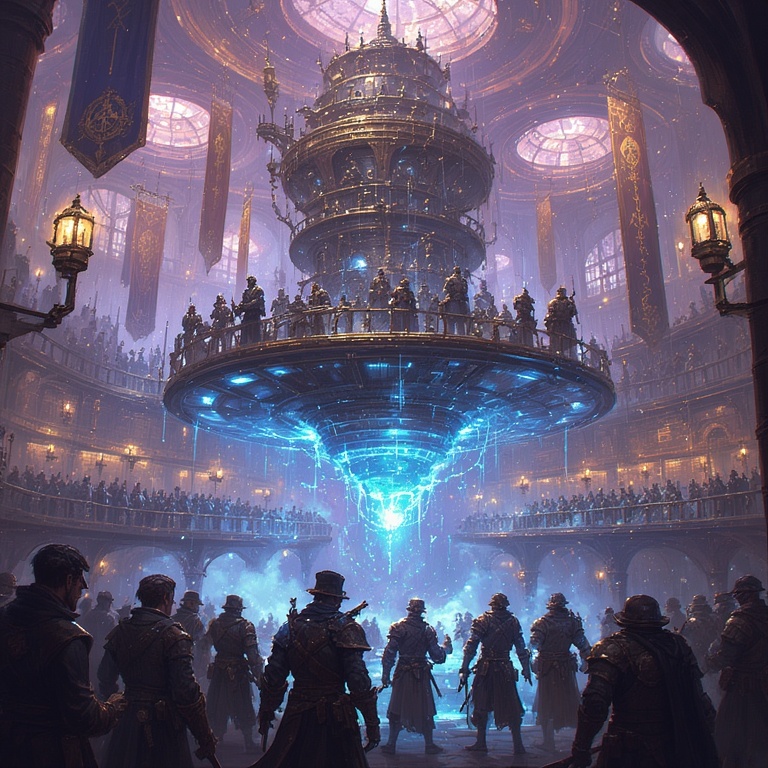
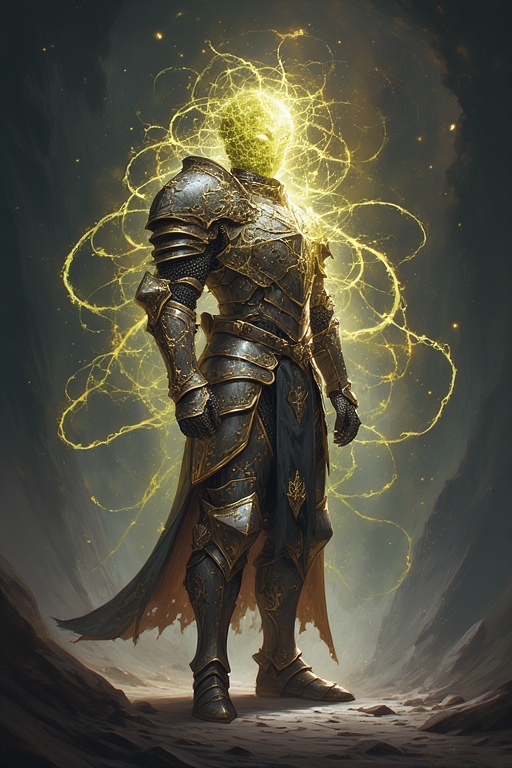
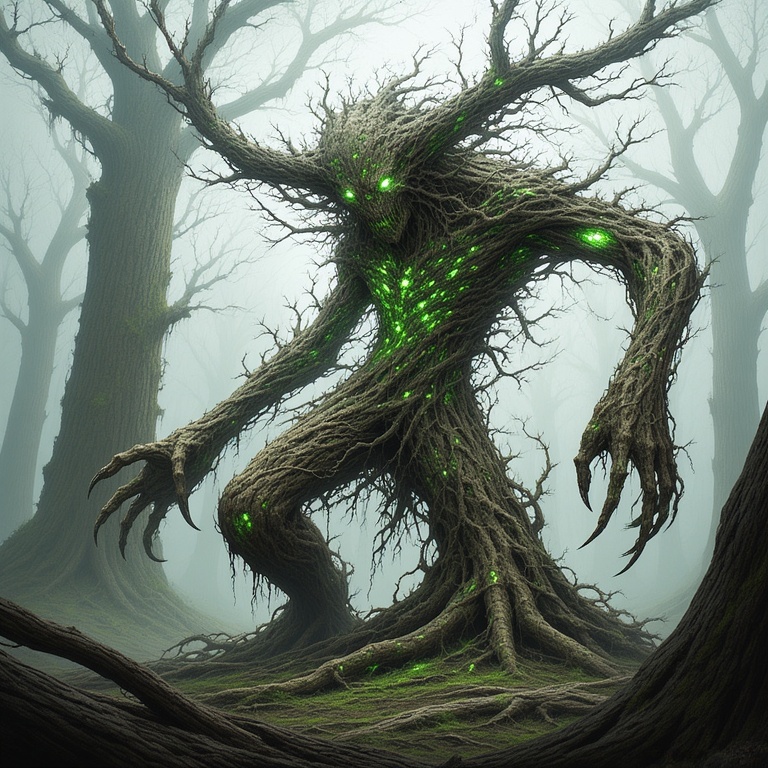
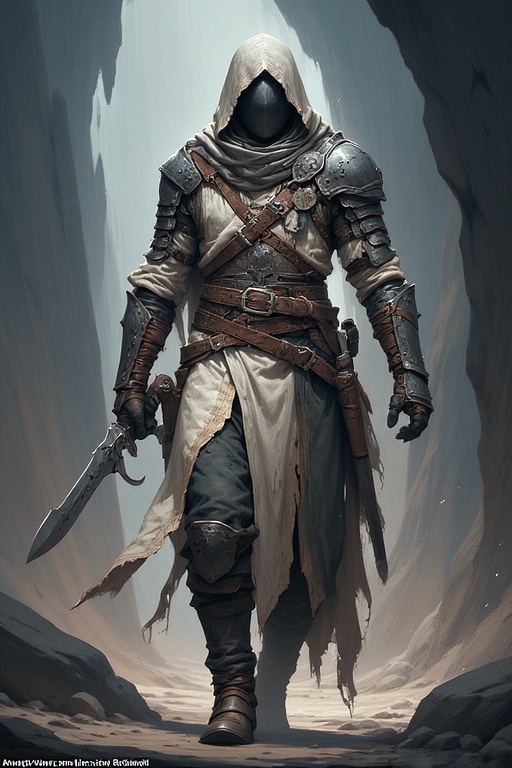
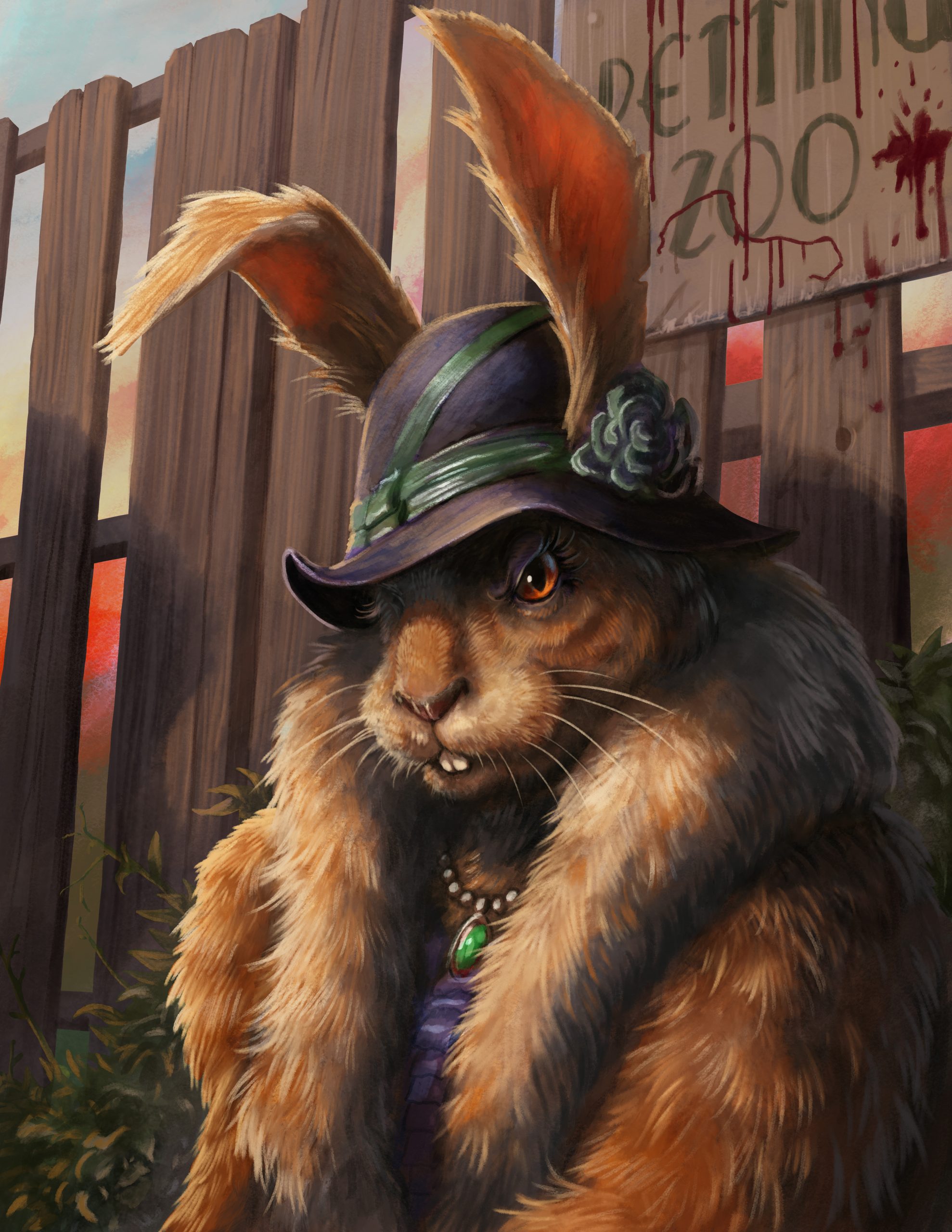
No Comments